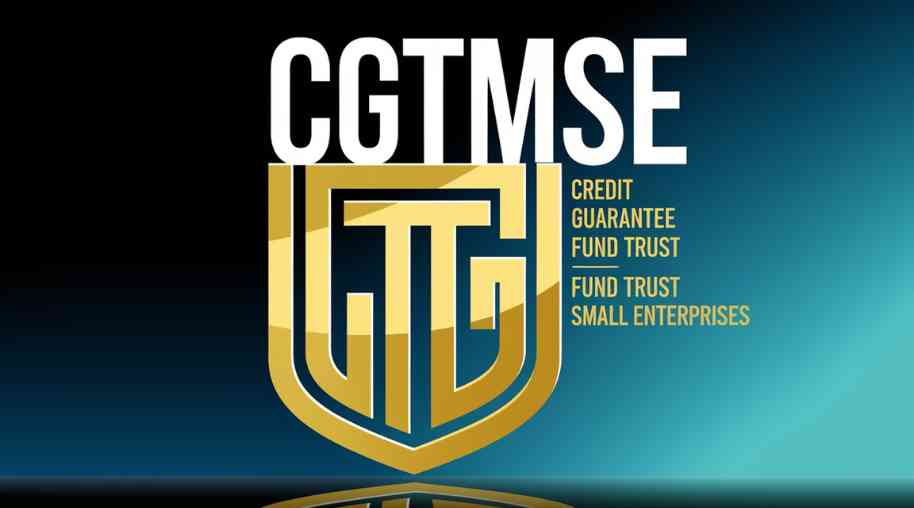ESOP Full Form-Employees Stock Option Plan
by Shashi Gaherwar
0 1042
Employees Stock Option Plan (ESOP): A Comprehensive Guide to Benefits and Implementation
Introduction
The Employees Stock Option Plan (ESOP) is a powerful compensation strategy that allows employees to acquire company shares at a predetermined price. It is widely used by startups, multinational corporations, and private firms to attract, retain, and motivate employees by giving them a stake in the company’s growth and success.

This article explores the meaning, benefits, implementation, taxation, and impact of ESOPs for both employees and employers.
What is an Employees Stock Option Plan (ESOP)?
An ESOP is an equity-based compensation scheme that enables employees to purchase company shares at a discounted or predetermined price after a specified vesting period. This ensures employees have an ownership interest in the company, aligning their goals with the organization’s long-term success.
Key Features of ESOP
• Vesting Period: Employees must serve a minimum tenure before exercising stock options.
• Exercise Price: The pre-determined price at which employees can buy shares.
• Lock-in Period: Some ESOPs have a restriction on selling shares immediately after exercising them.
• Liquidity Options: Employees can sell shares in the open market, back to the company, or during buybacks.
Benefits of ESOP for Employees
1. Wealth Creation
Employees benefit from capital appreciation if the company's stock price increases over time.
2. Sense of Ownership
ESOPs create a sense of belonging and responsibility, leading to higher motivation and performance.
3. Tax Advantages
Depending on the tax structure, employees may enjoy preferential tax treatment on gains from ESOPs.
4. Additional Compensation
Stock options serve as an additional income source over and above salary and bonuses.
Benefits of ESOP for Employers
1. Talent Attraction and Retention
Companies use ESOPs to attract top talent and retain skilled employees by offering long-term incentives.
2. Performance Enhancement
Since employees gain financially from company growth, ESOPs encourage them to work towards business success.
3. Lower Salary Burden
Companies can offer stock options as a non-cash compensation method, reducing immediate payroll expenses.
4. Enhancing Company Valuation
When employees are vested in the company’s success, it can result in higher growth and valuation over time.
Types of ESOPs
1. Employee Stock Purchase Plan (ESPP): Employees buy company shares at a discount through payroll deductions.
2. Restricted Stock Units (RSUs): Employees receive company shares upon meeting performance or time-based conditions.
3. Phantom Stock Plan: Employees receive cash equivalent to stock value appreciation instead of actual shares.
4. Stock Appreciation Rights (SARs): Employees get the right to the monetary benefit of stock price appreciation without owning actual shares.
ESOP Vesting and Exercise Process
1. Granting Stock Options: The company allots ESOPs to employees as per the ESOP agreement.
2. Vesting Period: Employees must complete a specified tenure (e.g., 3-5 years) before they can exercise options.
3. Exercising Options: Employees purchase shares at the predetermined exercise price.
4. Selling Shares: Employees can sell shares upon vesting, subject to company policies and market conditions.
Taxation of ESOPs
1. At the time of exercise:
• Employees must pay tax on the difference between the exercise price and the fair market value of shares as part of their income.
2. At the time of selling shares:
• If held for more than one year, long-term capital gains (LTCG) tax applies.
• If sold within one year, short-term capital gains (STCG) tax is applicable.
Challenges of ESOPs
• Dilution of Ownership: Issuing new shares can reduce existing shareholders' ownership percentage.
• Market Volatility: Employees bear risks if stock prices decline.
• Liquidity Constraints: Selling shares may be challenging in private companies due to limited trading options.
• Regulatory Compliance: Companies must comply with SEBI (Securities and Exchange Board of India) and other legal frameworks while implementing ESOPs.
How Companies Implement ESOPs
1. Drafting an ESOP Policy: Companies define eligibility, vesting schedule, and other terms.
2. Approval from the Board: The ESOP scheme must be approved by shareholders and regulatory bodies.
3. Issuance of Stock Options: Eligible employees receive stock option grants.
4. Vesting and Exercise: Employees exercise options after the vesting period.
5. Exit Strategies: Employees can sell shares via buybacks, IPOs, or secondary markets.
Case Studies: Successful ESOP Implementations
1. Google: Google has successfully used ESOPs to attract top talent, making its employees shareholders in the company’s rapid growth.
2. Infosys: Infosys’ ESOP program helped early employees become millionaires and contributed to its global success.
3. Flipkart: Flipkart’s ESOP buyback programs have enabled employees to monetize their stock holdings and benefit from the company’s growth.
Future of ESOPs in India and Globally
• Startups increasingly adopting ESOPs to attract talent without large salary burdens.
• SEBI and government initiatives to simplify ESOP taxation and compliance.
• Rise of digital ESOP platforms for better transparency and liquidity in private companies.
The Employees Stock Option Plan (ESOP) is a win-win solution for both employers and employees. It encourages loyalty, drives productivity, and provides financial growth opportunities. While ESOPs come with certain risks and complexities, a well-designed plan can significantly enhance employee satisfaction and long-term business success.
Companies looking to implement ESOPs should ensure proper legal structuring, transparent communication, and compliance with regulatory norms to maximize benefits for all stakeholders.

Share:








Comments
Waiting for your comments